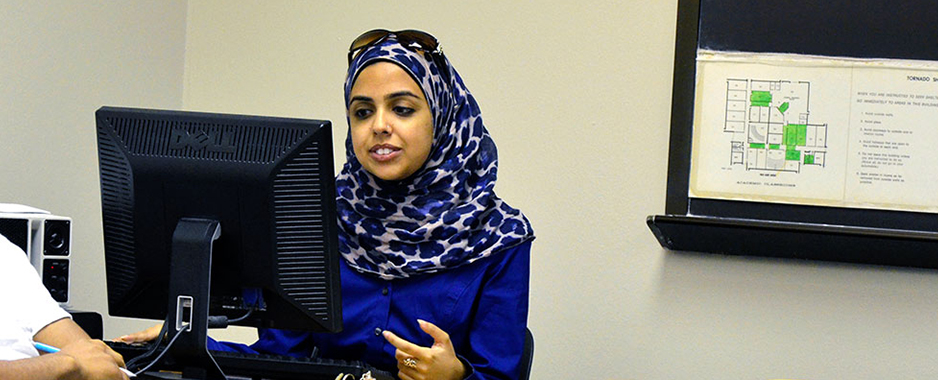By Dylan Bradley/reporter
The biggest roadblock between a student and an instructor is poor communication, a NW instructor explained to students Sept. 10.
Students have problems coming forward because they believe instructors are scary or intimidating to talk to, said computer science instructor and department chair Steve Smiley.
“Instructors are people too,” he said. “Avoiding the scary professor doesn’t work.”
Instructors have their perception of what students should do and vice versa, he said. These perceptions can differ, leading to major conflicts or disagreements that can get blown out of proportion.
Smiley offered five solutions to breach the barrier between student and instructor without a conflict.
Using official school communication channels, such as using campus email or leaving a voicemail with an instructor, can bring problems to the forefront early.
Second, students should verify office hours via phone or email.
“I’m scheduled 20 office hours a week. Am I always there? No,” he said. “Make a soft or hard appointment with your instructor. ‘Are you going to be in your office this afternoon?’ or ‘I have Monday off from work, are you available at all that day to meet with me?’”
Third, Smiley recommends students know what they will talk about before meeting with an instructor. Can the instructor actually solve the problem? Discussing the problem in class gives the teacher an idea of what a student is struggling with.
“I hear, ‘I don’t have enough time!’ frequently, and that’s not something I can help you with,” Smiley said. “Go in thinking, ‘I will be nice.’ And don’t be flippant.”
Next be open to a solution — even if it is not the most desirable.
“Sometimes nothing can be done, so just move on,” Smiley said.
Other times, the solution will be outside of the norm, such as extra work to receive half-credit instead of a zero.
“Even if you have to complete some extra work to receive a 50, that 50 is much better than a zero,” he said.
Finally, Smiley told students to remove and verify assumptions. Assumptions about an instructor or student prevent conversations that could save a grade or relationship.
“Be as polite as you expect in return and build a working relationship,” Smiley said. “Students appear out of nowhere with a problem caused by misconceptions, lack of communication or personality conflicts. Instructors assume that you as students are adults and expect you to act that way.”





























